1. Macaws (Parrot Power)
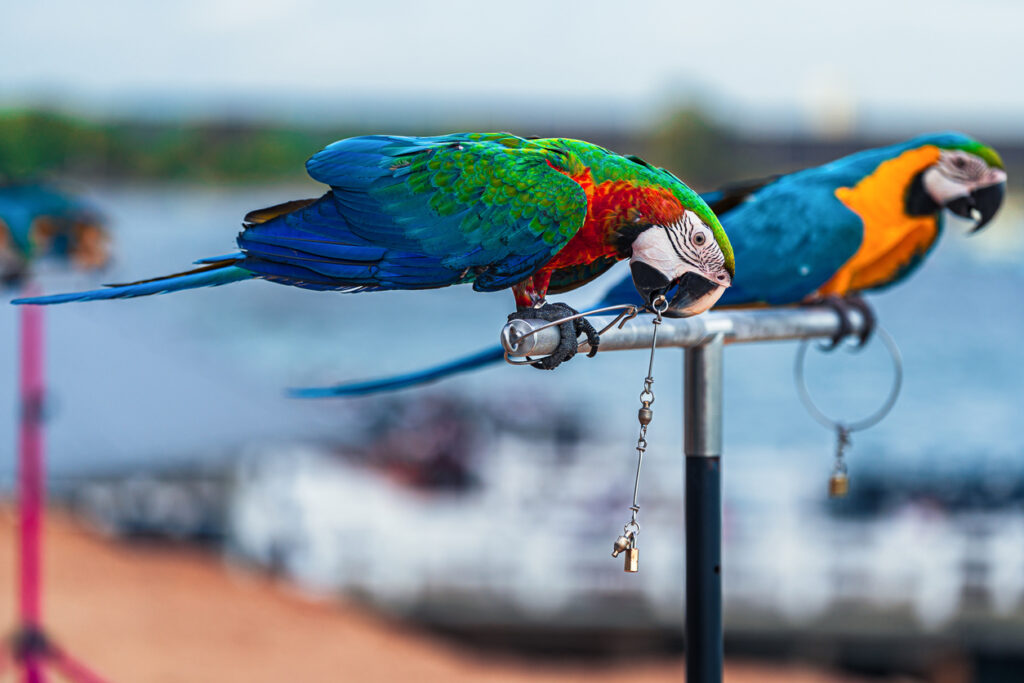
When we bring a pet into our lives, we assume we’ll be the one caring for them until the end. But some animals can live so long they may outlast us—sometimes by decades. From birds that span generations to turtles older than great-grandparents, these pets require more than love; they demand long-term planning. Here’s where to start.
Macaws are large, colorful parrots that can live 50 to 80+ years, with rare individuals reportedly reaching over 100 years. Their intelligence, striking plumage, and social nature mean they often outlive several human owners. Some macaws have become beloved family members across multiple generations. These birds require serious long‑term commitment. Provide mental stimulation (toys, training), a varied diet, veterinary care, and social engagement, or they can develop behavioral problems. Since they may outlive you, macaw owners should think ahead about guardianship plans or seasoned adopters who can carry on their care.
2. Sulcata Tortoise (Desert Giant)
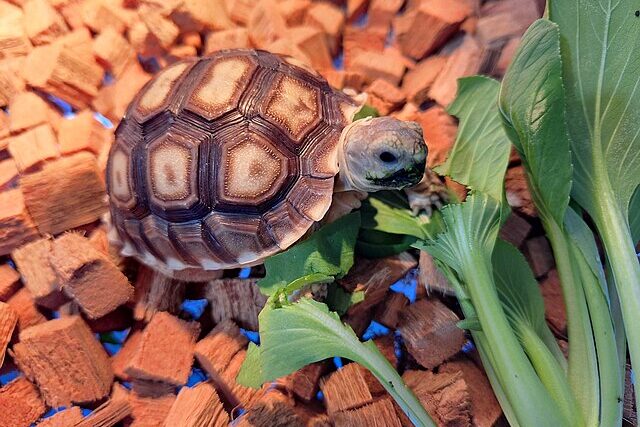
Sulcata tortoises live around 50–70 years, and under ideal care, they may reach 80 to 100+ years. These African spurred tortoises grow large (up to 100 kg) and can outlive owners by decades. Their impressive lifespan and size make them lifelong companions, if you have the space. They need a large, secure outdoor enclosure, UVB lighting, proper diet, and occasional veterinary checkups to thrive. Potential owners should consider future guardianship, for example, family members or experienced keepers, since a Sulcata may remain active long after you’re gone.
3. Cockatoos (Affectionate Talkers)
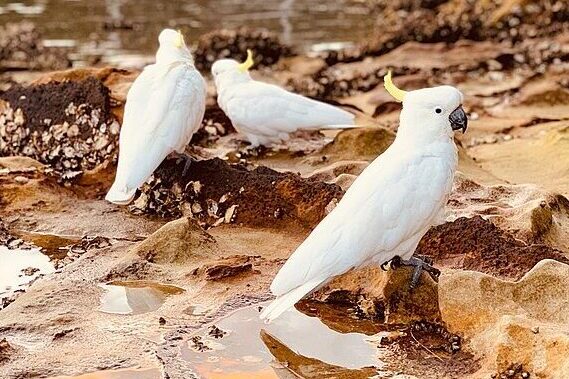
Cockatoos (especially larger species like sulphur‑crested or Moluccan) often live 40 to 70 years, with some reaching into their 80s in captivity. Known for their affectionate nature and striking crests, cockatoos are deeply social, and deeply demanding in attention and care. They thrive on interaction, mental stimulation, and training. Without enough focus, they may develop behavioral issues like feather‑plucking or aggression. Because they can outlive their owners, anyone considering a cockatoo should plan for long‑term caretakers or inclusion in legal arrangements like a pet trust.
4. Koi Fish (Legendary Longevity)
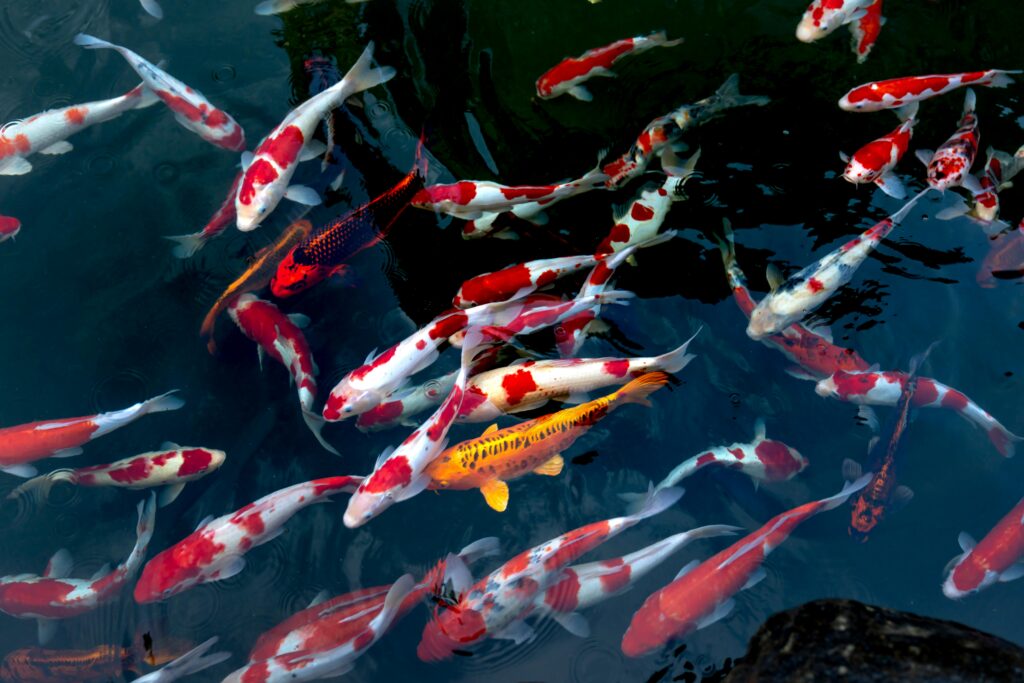
A well‑kept koi fish typically lives 25 to 50 years, and one famous specimen (“Hanako”) was reported to have lived 226 years, though that case remains unverified. Most ordinary koi live several decades in well-maintained ponds or aquaria with proper filtration and nutrition. This longevity depends heavily on water quality, diet, space, and predator protection. Caring for koi is often multi-generational, ponds may remain in the same spot for decades, serving as a living legacy. If you get koi, think about who will maintain the pond and care for the fish long-term.
5. African Grey Parrot (Brainy and Long-Lived)
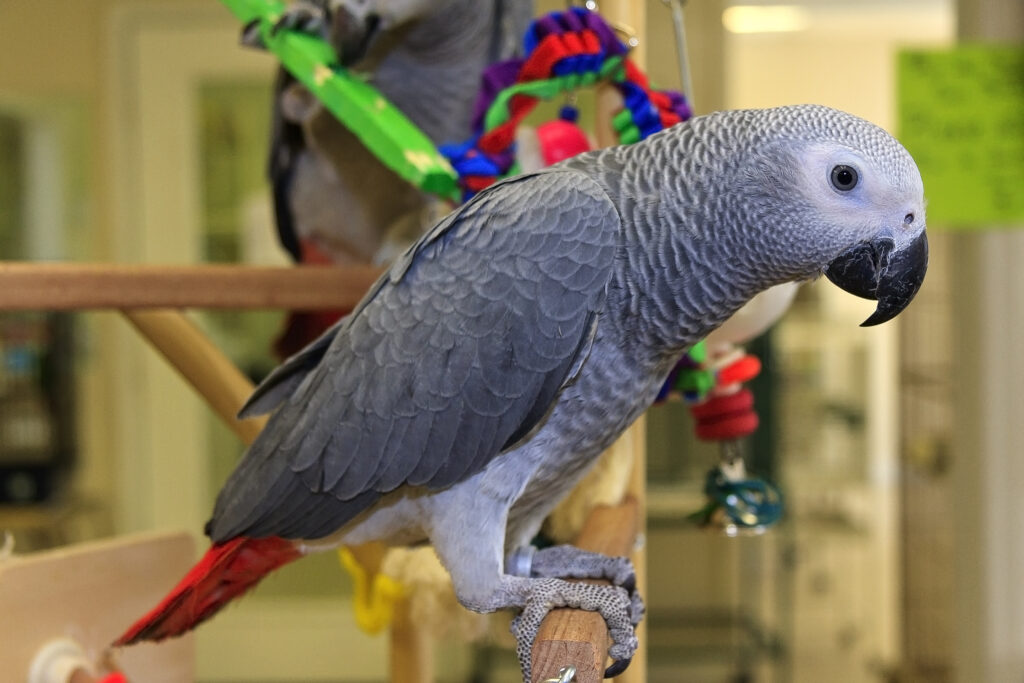
African Grey parrots are exceptionally intelligent and social. In captivity, they commonly live 40 to 60 years, with some individuals exceeding 60 years with top-tier care. Their ability to mimic speech and solve puzzles makes them cherished companions for decades. They require a stimulating environment (toys, puzzles, varied diet) and close social interaction to stay healthy and happy. Their long lifespan means you’ll need to consider succession plans, whether through family, trusted friends or specialized parrot sanctuaries, so they’re not left without care in later years.
6. Green‑Winged Macaw
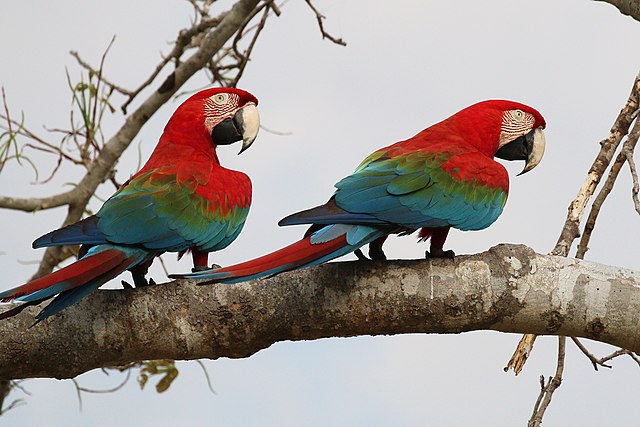
Green‑winged macaws regularly live 50 to 60 years in captivity, with some individuals reaching into their 70s or more with premium care. Larger than many parrots, they’re known for vivid red, blue, and green plumage and strong social bonds. A famous green‑winged named Poncho reportedly lived to 92 , demonstrating the exceptional longevity they can have. These birds demand a spacious environment, mental enrichment (training, toys, social interaction), and excellent nutrition. Without proper stimulation, they can become destructive or depressed. Given their lifespan, owners should consider succession planning now, whether passing them to a trusted family member, saving them for a sanctuary, or including them in legal pet‑trust arrangements.
7. Amazon Parrots
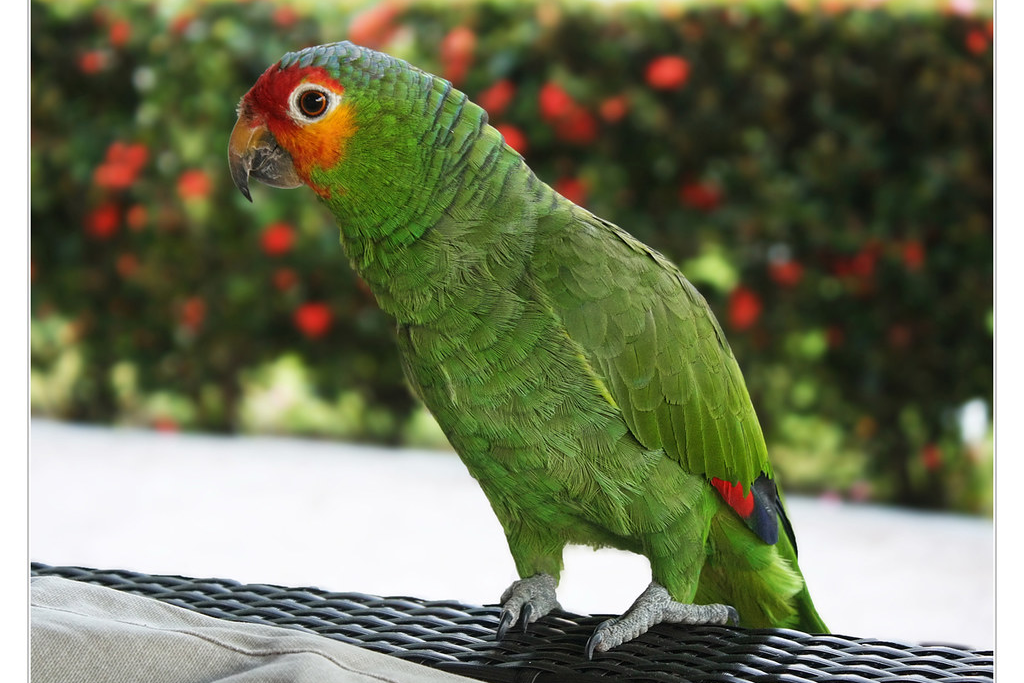
Amazon parrots (species like Yellow‑naped, Red‑crowned, White‑fronted) typically live 40 to 60 years, and some may exceed 70 with outstanding lifelong care. Many are gifted talkers with vibrant personalities and intelligence that emerge over decades. The White‑fronted Amazon in captivity often reaches 50+ years, and Red‑crowned Amazon owners report individuals living past 70. These parrots thrive in stimulating social environments, daily interaction, speech training, varied diet and puzzles. They can also go through hormonal behavioral phases and require consistent care and handling. Because their lifespan can stretch well beyond most pet companions, forward‑thinking caretakers often designate backups, family, experienced bird lovers or rescue organizations, to ensure continuous care across decades.
8. Blue & Gold Macaw
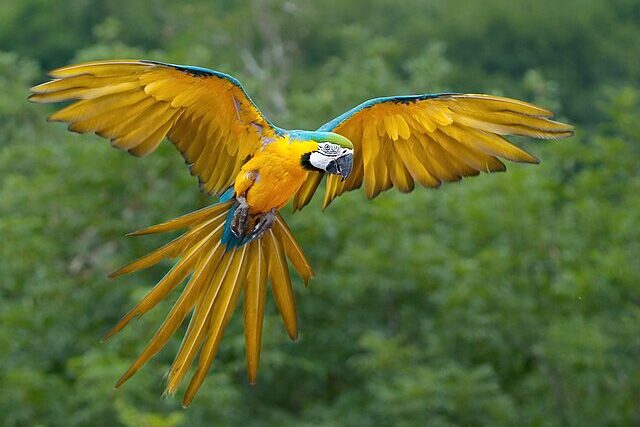
Blue and Gold Macaws typically live 30–35 years in the wild, but in well‑managed captivity they often reach 50 years or more, with legendary cases reported up to 112 years (though some claims are unverified). These birds are large, vibrant, and active, with a lifespan rivaling many humans when looked after well. Owning one means investing in proper aviaries, durable toys, balanced diets, social time, and veterinary oversight. They’re also loud and destructive beaks demand respectful boundaries and regular attention. Because owners may pass before their macaw does, it’s wise to make plans, such as naming a likely caretaker, adding pet‑specific instructions in a will, or connecting with parrot rehoming networks.
9. Box Turtle
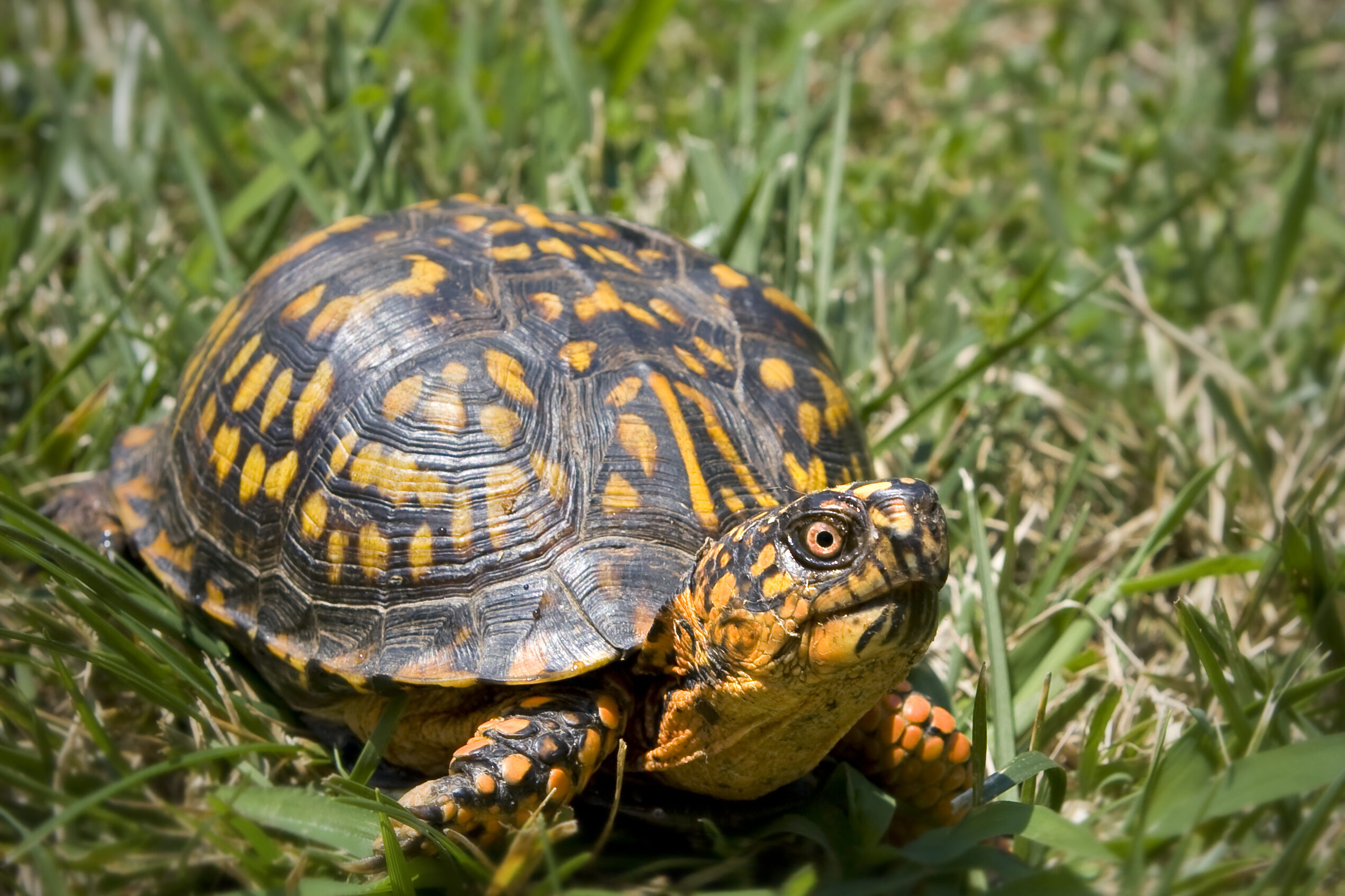
North American box turtles most often live 20 to 40 years as pets, but many have been documented surpassing 70 years, and one common box turtle reportedly lived to at least 138 years old. These small reptiles grow slowly, and in good habitats, with UVB lighting, proper humidity, and a varied omnivorous diet, they can be lifelong companions. Because they mature over years and require stable conditions, they suit owners ready for multi‑decade commitments. Their longevity means someone must be ready to take responsibility long after initial caretakers are gone. Whether family members or turtle‑savvy friends will step in, it pays to plan for continuity of their care.
10. Mini Donkey
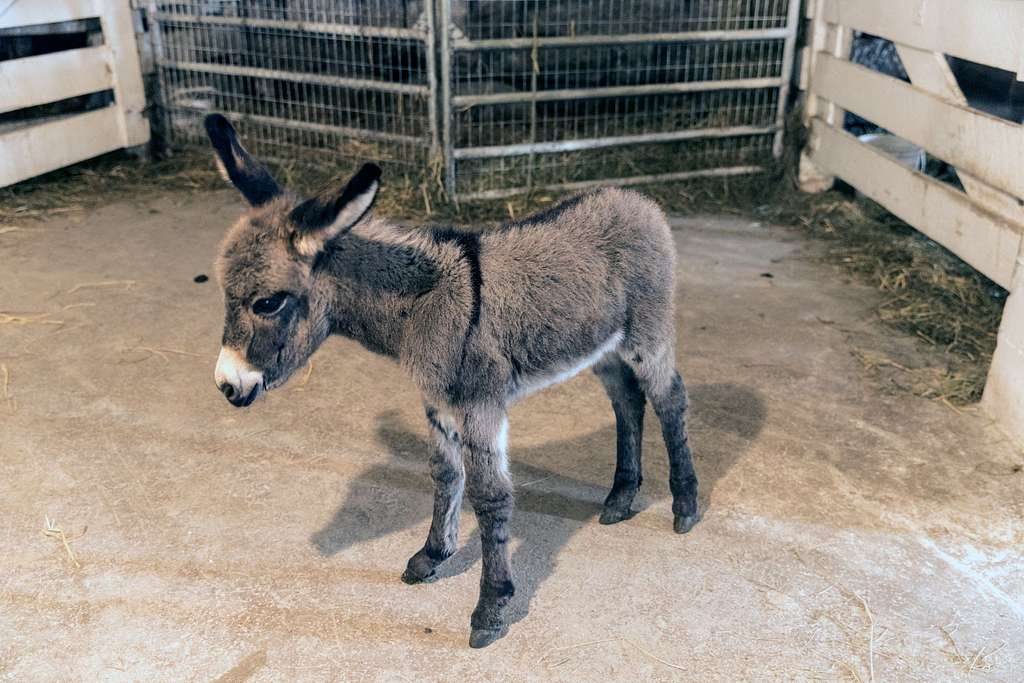
Mini donkeys, though unusual as household pets, often have lifespans of 35 to 50 years in caring environments, especially in more prosperous regions with veterinary care, shelter, and proper nutrition. They’re affectionate, intelligent, and bond strongly with human caregivers, making them long‑term barnyard companions for decades. Caring for a mini donkey means providing secure pasture or paddock, shelter, hoof care, veterinary check‑ups, and social interaction (they’re herd animals, and prefer donkey or human company). Given their decades‑long lifespans, prospective owners should consider long‑term plans: who will continue their care if the original guardian can’t, and how to arrange for rehoming or caretaking if needed, even include details in personal estate planning.
11. Domestic Horse
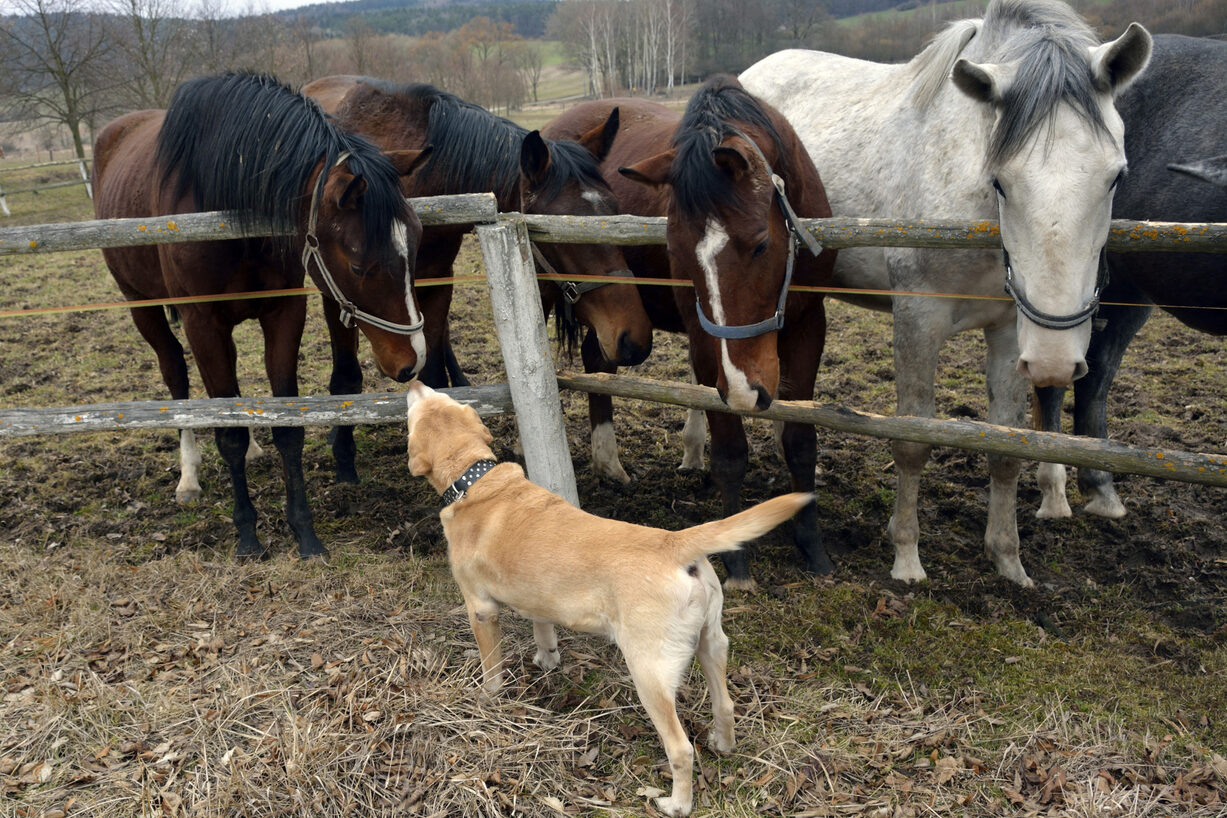
Domestic horses generally live 25 to 30 years, with many reaching into their 30s when provided high-quality care. In rare cases, individual equines, including ponies, have lived well past 40 or even into their 50s, thanks to excellent veterinary care, proper nutrition, dental work, and farrier attention. For example, “Old Billy,” a horse from the 1800s, reportedly lived to 62. Because horses are large, expensive, and require dedicated space and routine care (diet, hoof and dental maintenance, shelter, exercise), they represent a multi-decade commitment. Many owners form deep emotional bonds with their horses, these animals can outlive their caretakers, making advance arrangements essential. That could mean identifying a trusted caretaker, arranging for a sanctuary placement, or including clear horse-care provisions in your estate planning so the horse’s well-being continues seamlessly.
12. Goldfish
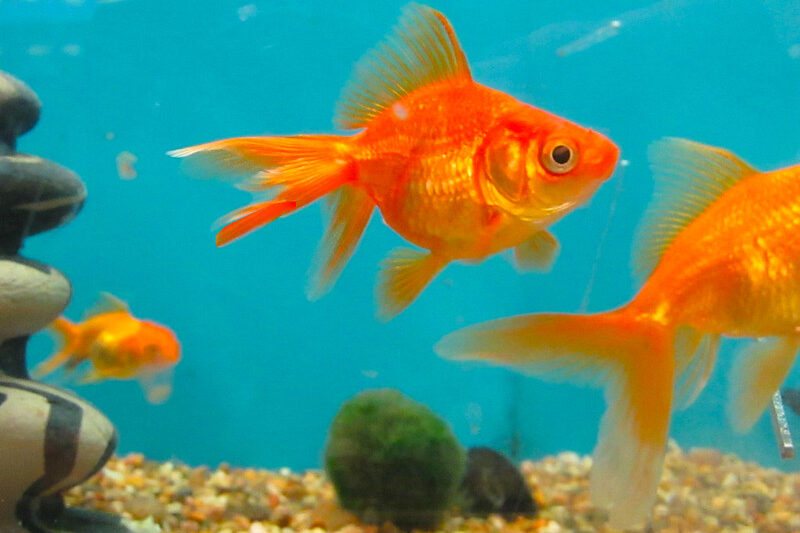
Goldfish, especially common or comet varieties, typically live 10 to 15 years, and in optimal conditions they may reach 20 to 30 years or more. The oldest verified goldfish lived to age 43, demonstrating how far proper care can extend their lifespan. There are also recent real-world examples: one goldfish in Ireland has reportedly reached age 32 in a rain-barrel pond setup. Goldfish longevity hinges on water quality, tank or pond size, filtration, diet, and genetic stock. In cramped, poorly filtered bowls they often die young, but in spacious, well-maintained ponds they thrive for decades. Their lifespan means future caretakers should be lined up: friends, family, hobbyists, or aquaculture groups who understand their setup. Proper planning ensures that these often underestimated pets remain cared for long-term.
This story 12 Pets That Can Outlive You, So You’d Better Make a Plan was first published on Daily FETCH


